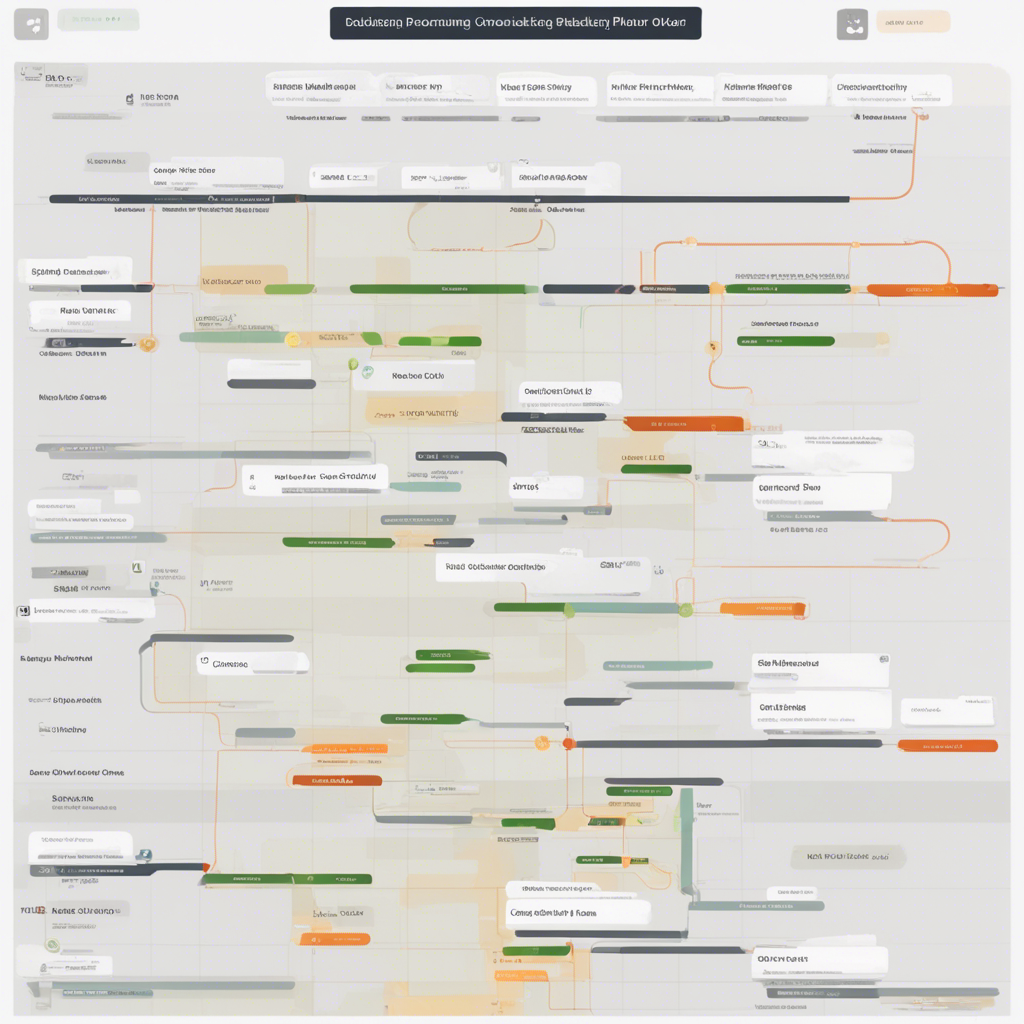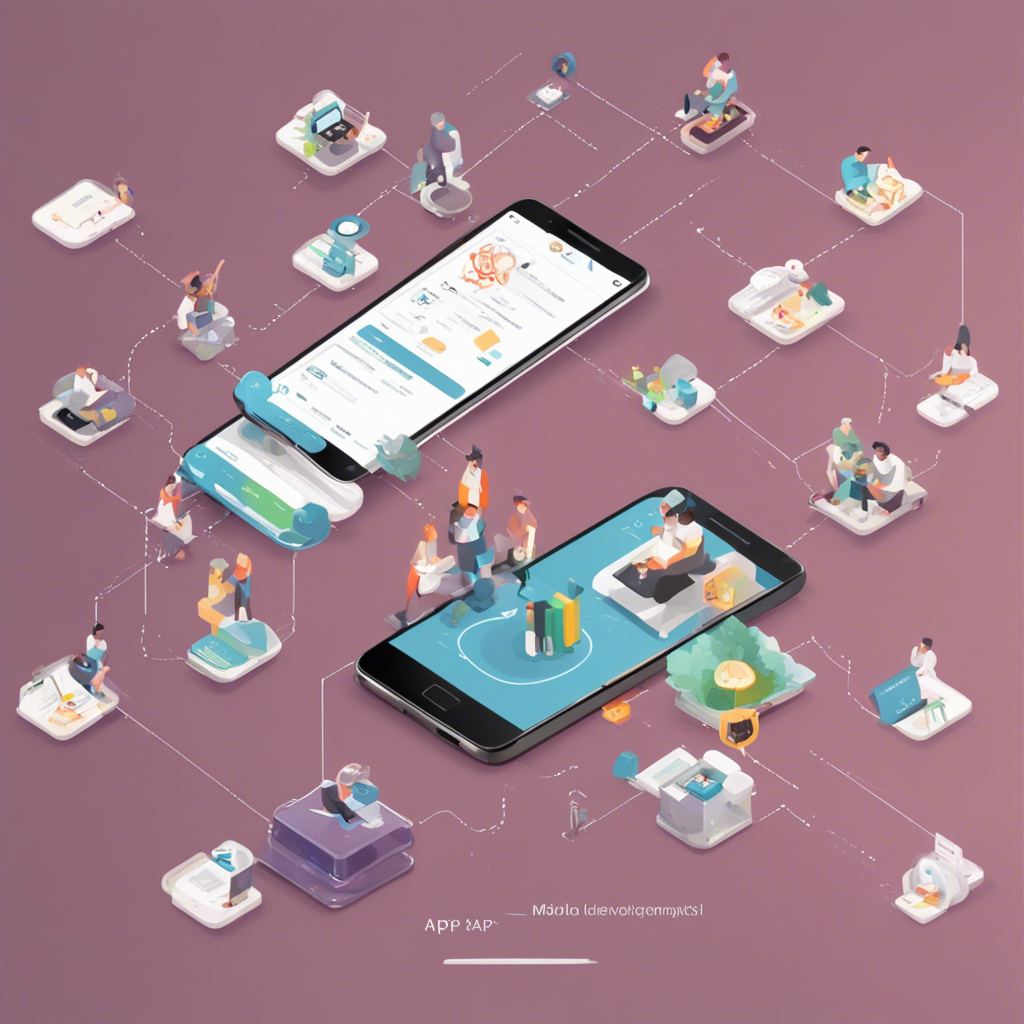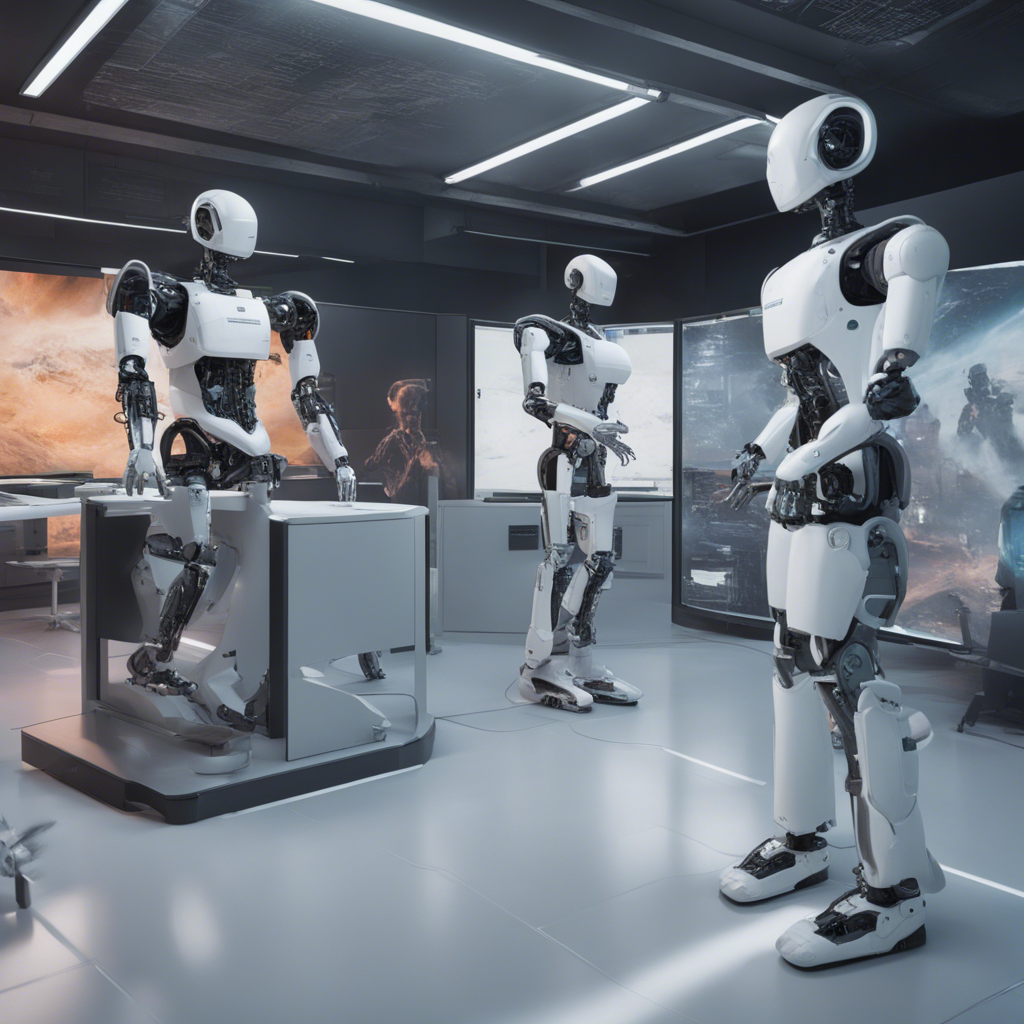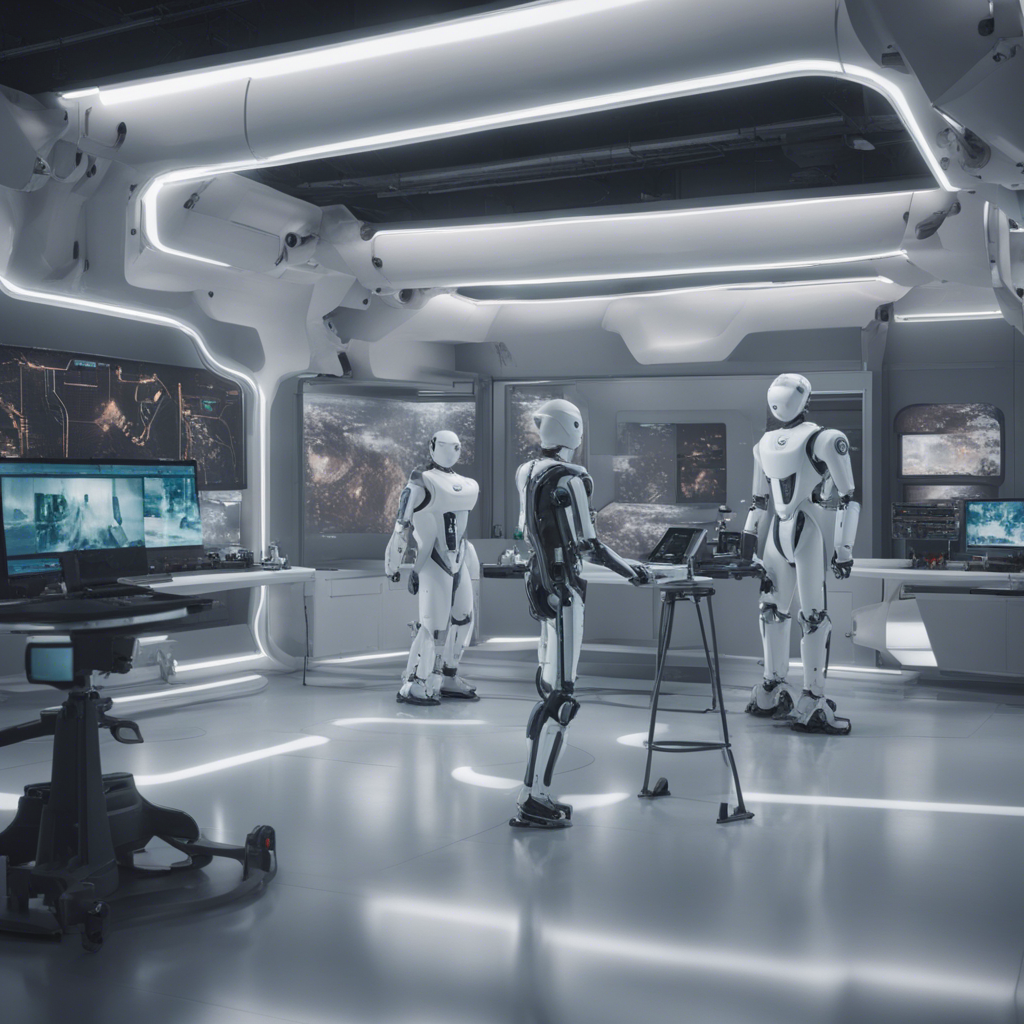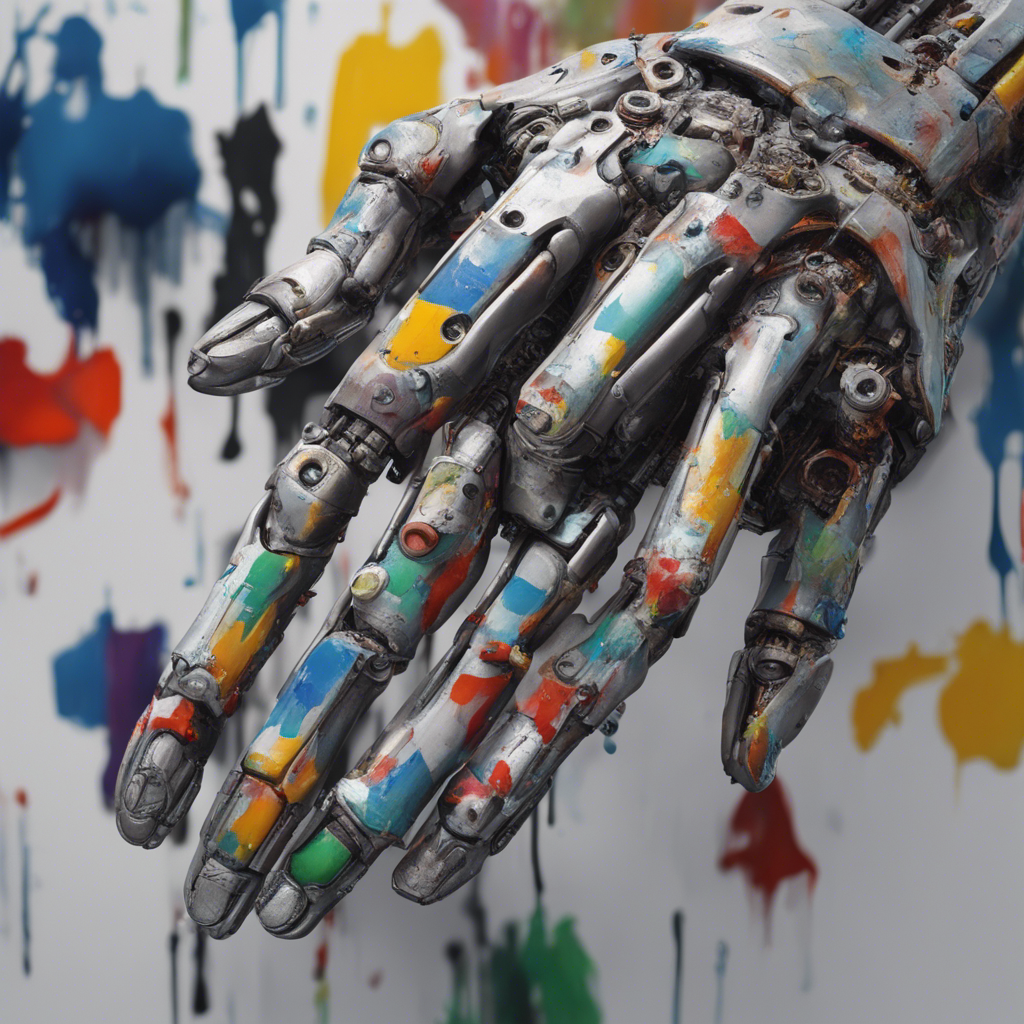
Exploring the Boundaries of AI Creativity
Artificial Intelligence (AI) has become an integral part of our lives, influencing various aspects such as how we communicate, work, and even create. The recent advancements in AI technology have led to its application in various creative fields. From writing to painting, AI is pushing the boundaries of what is possible. In this blog post, we will delve into the exciting world of AI creativity, exploring its potential and limitations.
The Rise of AI Creativity
AI creativity is the ability of an artificial intelligence system to generate original and innovative content, such as artwork, music, or writing, without human intervention. While the concept of a machine creating art may sound like science fiction, it has become a reality with the emergence of advanced AI algorithms and deep learning techniques.
AI-Generated Art
One of the most significant achievements in the realm of AI creativity is the generation of art. AI algorithms trained on large datasets can learn to recognize patterns and generate original artistic creations. For example, Generative Adversarial Networks (GANs) have been used to create stunningly realistic paintings, completely generated by AI.
AI algorithms can analyze existing art styles and generate new pieces that mimic the works of famous painters. This has resulted in the production of artwork that blurs the line between human and machine creation. However, it is essential to note that while AI can replicate existing art styles, it has not yet demonstrated a truly unique artistic perspective.
AI-Generated Music
Music is another creative field that has witnessed the impact of AI. Advances in machine learning and neural networks have enabled AI systems to compose original musical compositions. By feeding vast amounts of musical data into AI algorithms, researchers have developed systems that can mimic the styles of famous musicians and composers.
However, the question of whether AI-generated music can be considered truly original or an imitation still remains. While the compositions generated by AI may sound pleasing to the ear, they lack the emotional depth and creative intuition that human musicians bring to their work.
The Limitations of AI Creativity
While AI has made significant strides in the creative fields, it still faces several limitations that prevent it from fully replicating the complexities of human creativity.
Lack of Emotional Understanding
AI algorithms, despite their ability to analyze massive datasets and patterns, lack a fundamental understanding of human emotions. This deficiency hinders their ability to create art that resonates emotionally with individuals. Art is often driven by personal experiences, emotions, and cultural contexts, which are challenging for AI algorithms to replicate.
Absence of Intuition and Imagination
Human creativity is often fueled by intuition and imagination, traits that are difficult to emulate in AI systems. The ability to think beyond the existing patterns and constraints is what gives human creations their unique flavor. While AI can generate compositions or artwork based on existing patterns, it does not possess the capacity for originality rooted in intuition and imagination.
Ethical Considerations
AI creativity also raises ethical concerns. When AI replicates existing art styles or imitates the works of famous artists, questions of copyright infringement and intellectual property arise. Determining the originality and authenticity of AI-generated art can be a challenging task, as the human creative element is absent.
Additionally, there is a risk of AI-generated content being used to spread misinformation or manipulate public opinion, as seen with deepfakes. Striking a balance between AI creativity and responsible use remains an ongoing challenge.
The Future of AI Creativity
While AI creativity has its limitations, the future holds tremendous potential for its development and integration into various creative fields.
Collaborative Creativity
An exciting direction for AI creativity is the collaboration between humans and machines. By combining the unique creative abilities of humans with the computational power and pattern recognition skills of AI, we can unlock new levels of creativity. This partnership could result in groundbreaking innovations and artistic expressions that go beyond what can be achieved by humans alone.
Pushing the Boundaries
Researchers continue to push the boundaries of AI creativity by developing algorithms that enhance the emotional understanding and imaginative capacity of AI systems. This involves not only improving the algorithms’ ability to analyze and replicate existing patterns but also giving them the ability to think creatively outside the box.
Ethical Frameworks
As AI becomes more involved in creative fields, it is crucial to establish ethical frameworks and guidelines. This includes addressing issues such as copyright, authenticity, and transparency in AI-generated content. Stricter regulations and responsible practices can ensure the positive and ethical use of AI in creativity.
Conclusion
AI creativity is a fascinating field that is continually evolving and pushing the boundaries of what we thought possible. From generating artwork to composing music, AI algorithms have demonstrated impressive capabilities. However, it is important to recognize the limitations of AI creativity, such as its lack of emotional understanding and intuition.
The future of AI creativity lies in collaboration between humans and machines, where each brings their unique strengths. As we navigate this exciting frontier, we must keep ethical considerations at the forefront. By understanding the potential and limitations of AI creativity, we can harness its power to enhance and augment human creativity, opening doors to innovative and transformative possibilities.
References:
- Marcus, G. (2021). The Next Decade in AI: Four Steps Towards Robust Artificial Intelligence. arXiv preprint arXiv:2102.08368.
- Elgammal, A., Liu, B., Elhoseiny, M., & Mazloom, M. (2017). CAN: Creative Adversarial Networks, Generating" art" by learning art distributions. arXiv preprint arXiv:1706.07068.
- Dhariwal, P., & Nichol, A. (2021). OpenAI DALL· E: Creating Images from Text. OpenAI Blog. Link
- Gillick, M., & Radev, D. R. (2016). A dataset and annotation protocol for modeling natural language responses to risky behavior. LREC, 16(5).
- Singh, S., Hicks, J., & Mukherjee, S. (2016). Domain adaption through synthesis for unsupervised person reidentification. CVPR.

